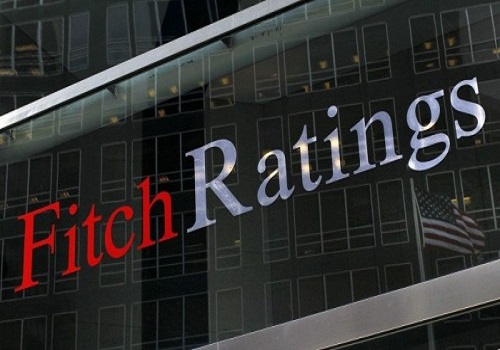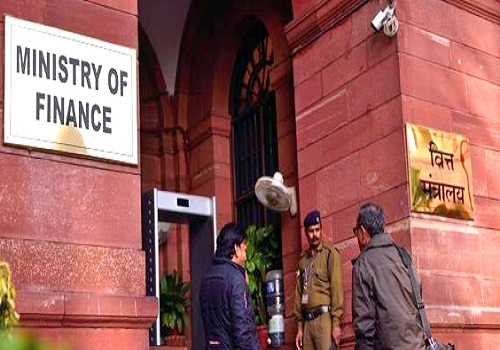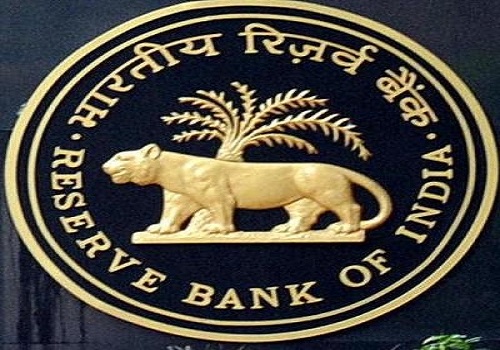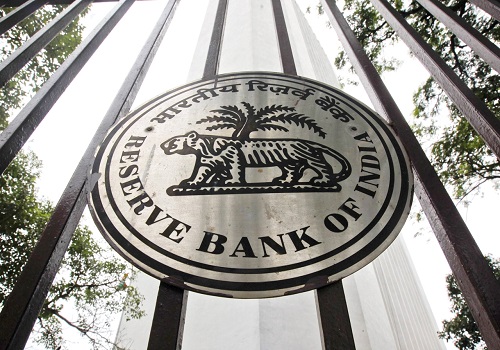Higher deficit, lack of clarity on fiscal consolidation add risks to lowering debt-to-GDP ratio: Fitch Ratings

Follow us Now on Telegram ! Get daily 10 - 12 important updates on Business, Finance and Investment. Join our Telegram Channel
Fitch Ratings has said higher fiscal deficit and lack of clarity on consolidation plans in the Budget add risks to its projection of lowering of India's debt-to-gross domestic product (GDP) ratio. The degree to which planned higher capex (capital expenditure) supports GDP growth and offsets these risks is an important consideration for the sovereign rating. Risks around the sustainability of the downward debt trajectory were a key factor behind Fitch's decision to maintain a 'negative' outlook on sovereign when it affirmed India's 'BBB-' rating in November 2021.
The agency said the Budget presented by the government on February 1 continued to emphasise support for growth over fiscal consolidation. It added that deficit targets were ‘slightly higher than we had anticipated when we affirmed the rating’. The Budget pegged a revised deficit of 6.9 per cent of GDP for the fiscal year ending March 2022 (FY22), against Fitch's forecast of 6.6 per cent. It added that ‘The planned 6.4 per cent of GDP FY23 deficit is also higher than our 6.1 per cent forecast’.
It noted ‘The borrowing allowance for states, which was maintained at 4.0 per cent of gross state domestic product in FY23, keeping it above the pre-pandemic level of 3 per cent, poses further risk to our fiscal forecasts’. India's public debt-GDP ratio at about 87 per cent in FY21 (ended March 2021) is well above the median of around 60 per cent for 'BBB'-rated sovereigns. It added ‘we revised the outlook on India's rating to Negative, from Stable, in June 2020, partly owing to our assumptions about the impact of the pandemic on public finance metrics. The government has little fiscal headroom at its current rating level to respond to possible shocks to growth.’










Tag News

Monthly Debt Market Update, September 2023: CareEdge Ratings





 320-x-100_uti_gold.jpg" alt="Advertisement">
320-x-100_uti_gold.jpg" alt="Advertisement">








